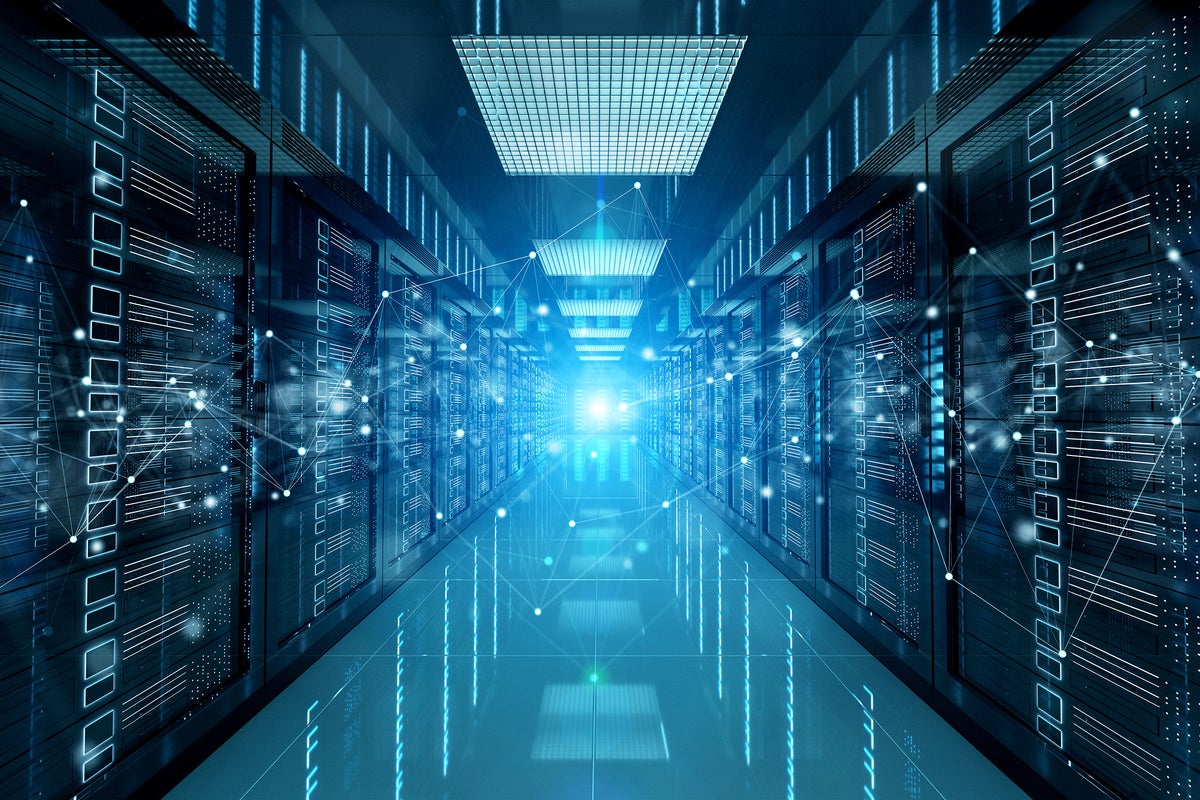- I replaced my Pixel 9 Pro XL with the 9a for a month - and it was pretty dang close
- Backup as a service explained: Your guide to cloud data protection
- Is Continuous Deployment Too Risky? Security Concerns and Mitigations
- “데이터를 제품처럼”···MIT가 밝힌 데이터 경영의 차별화 포인트
- Avery Dennison adopta un enfoque centrado en la cultura para la transformación de la IA
AI is changing server sales but paying off for enterprises

The adoption of artificial intelligence is changing the way servers are being procured while having a quick and positive impact on firms that deploy AI technologies, according to a pair of research reports from Omdia.
In its upcoming cloud and data center market report, the research firm predicts a reduction in the number of server shipments for the first time since 2007. However, the server drop in 2007 was due to a global economic crisis. The current shift in server buying has a more positive spin.
Omdia found that demand for compute resources remains high. However, it also reports that demand for more expensive servers with specialized hardware for AI model training (translation: GPUs) are being prioritized over the typical enterprise server with just a CPU.
Omdia said that 2.8 million servers were sold during the first quarter of 2023, considerably below the 3.2 million it expected. The decline in shipments from 4Q22 to 1Q23 is the largest on record, according to Omdia.
The fear of missing out on the hot AI market is driving both cloud service providers (CSP) and enterprises to increase investments in AI hardware. However, AI hardware is significantly more expensive than traditional server hardware. So to offset the considerable cost associated with AI server investments, CSPs and enterprises are delaying their refreshes of existing servers.
“We’re seeing a healthy stream of AI cluster investment,” said Vladimir Galabov, head of the cloud and data center research practice at Omdia. “These are huge projects. Each server can cost half a million dollars. This is the equivalent of 50-60 general purpose servers.”
There has been a trend for some time toward leaving hardware deployed for a longer period. It used to be servers were refreshed about every three to four years. Now, the typical lifespan for servers at a tier-one CSP is six years, while tier-two providers are reporting lifespans as long as 10 years, according to Omdia.
There are other factors driving a slowdown in sales of server hardware. Omdia cites macroeconomic headwinds as well as increasing cost of and restricted access to capital for fueling investment tradeoffs. And it says that most organizations have already optimized their operations for a hybrid capex/opex model, mixing a combination of on-premises computing with cloud services.
Firms are adopting the lower-risk strategy of using cloud services to satisfy computing needs in the short term while carefully assessing longterm demand, Omdia says. That means less sales of on-premises hardware and more adoption of cloud services.
AI can pay off quickly
Omdia also found that investments in AI are paying off very quickly by way of increased topline revenue, reduced bottom line costs, and improved efficiency and customer experience.
AI deployments are relatively new, but they’re already having an impact. Rougly 54% of respondents said they are currently measuring positive results of 1% or more, and 14% are seeing ROI of 11% or more, depending on the category.
And it should be noted that Omdia conducted its survey of 369 enterprises in February 2023, which is well before any generative AI projects could have had any impact. So, its research is measuring early AI deployments.
Omdia projects that early AI ROI will likely accelerate AI innovation, as more companies see its benefits. Generative AI initiatives, in particular, will likely be given more chances to prove out.
As AI projects mature within companies and the benefits are felt, those companies will expand AI deployments into other use cases and business areas. With tangible ROI to justify the programs, senior management will be confident in the expansion of AI initiatives and that, in turn, will spur increased spending.
Copyright © 2023 IDG Communications, Inc.

